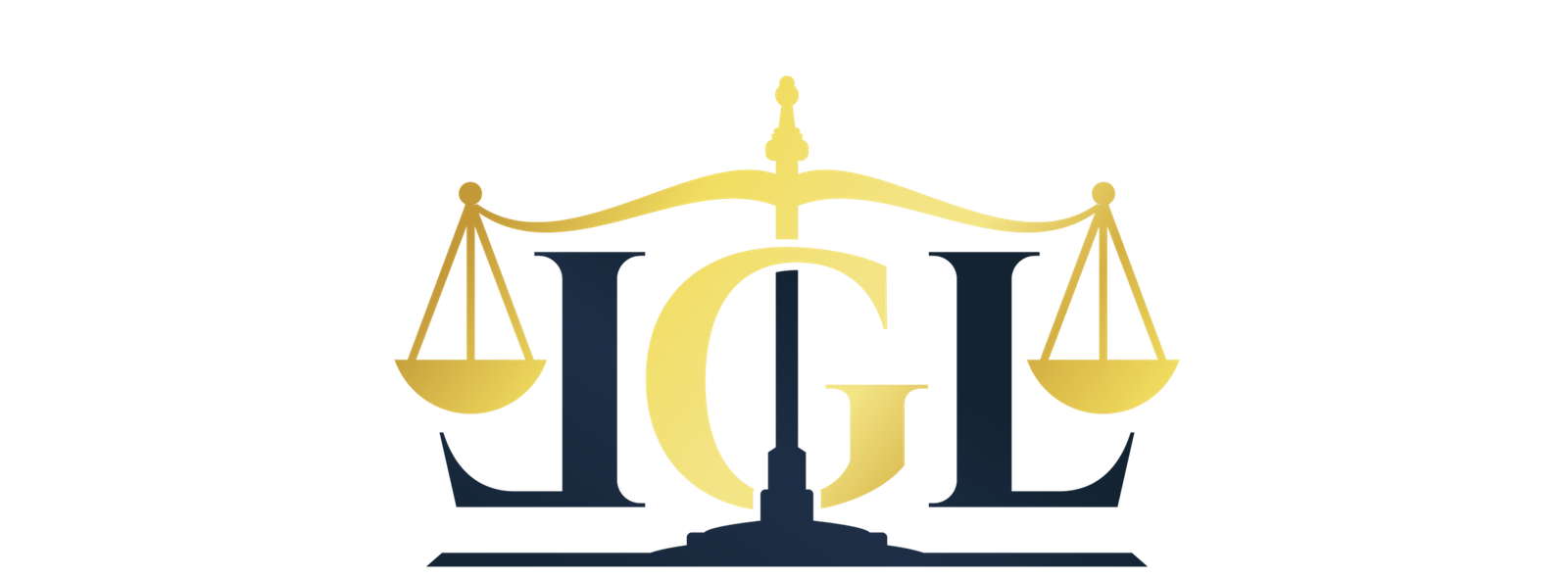A contract between two parties is known as a Service Level Agreement. The consumer or client is one party, while the service provider is the other. The terms of the transaction are stated in this agreement, along with the responsibilities of the parties. A Service-Level Agreement (SLA) outlines the amount of service you should anticipate from a vendor, as well as any penalties or remedies that may apply if the agreed-upon service standards are not fulfilled.
SLAs can exist between two divisions inside a firm, although they often exist between businesses and outside suppliers. This agreement’s goal is to make sure that both parties are aware of the scope of the services that will be offered.
These agreements would be governed by the contract law provisions of the Contract Act of 1872. The Consumer Protection Act of 1986 also covers all goods and services, with the exception of those intended for resale or for commercial use and those provided gratis or according to a contract for personal service. It defends consumer rights such as the right to information and the right to safety, among others. With the exception of a few services that are exempt, the Goods and Services Tax (GST) is applied on the delivery of services at various rates for various kinds of services.
Each SLA addresses service descriptions and what the client expects from the service provider. It could cover service quality and the key performance indicator for raising service levels. The parameters through which the quality of the service will be evaluated. The Service Level Objectives’ (SLO) most common metric factors include service availability, defect rates, technical quality, security, and business outcomes. A provision addressing service termination. It should have consequences for failing to deliver services based on availability and quality, as well as an indemnity clause in case the service provider violates the terms of the agreement and third parties sue as a result.
Kinds of SLAs
- Customer-specific SLA: These SLAs are agreements made between the service provider and third-party clients. Customers who are external to the service provider’s organisation are those who do not work there. As a result, another name for it is an external service agreement. It is client-specific and comprises all services the client could want under a single contract. Because every client or business has different demands, it must be written on a case-by-case basis.
- Service based SLA: Contrary to customer-based agreements, which are built in accordance with particular clients, this type of agreement is applicable to all consumers. The end-users will receive the same service under this. An internal-service-level SLA that can be agreed upon between parties inside the organisation is also included in this.
- Multi-level SLA: Depending on the requirements and appropriateness of the end-user firm or client, a multi-level SLA is tailored. Customers are free to add restrictions if they think it would be appropriate. Integrating many requirements into a single agreement is beneficial. Due to its flexibility, this model is increasingly frequently adopted since it satisfies the requirements of both sides.
Advantages of SLAs
- The SLA is enforceable, requiring the parties to adhere to its terms in all subsequent interactions.
- The agreement also outlines the conditions under which any future contracts must be formed.
- The SLA includes all facets of the contract that are likely to come up and the complete relationship between the service provider and the client. It is advantageous to have such a contract in place before beginning a committed relationship.







